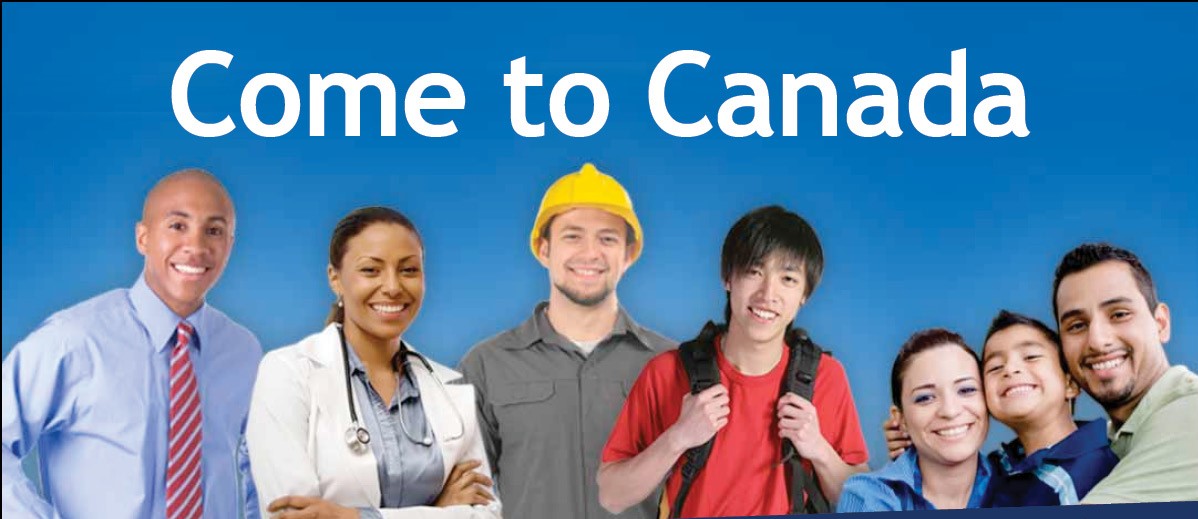
Canada To Allow Up To 305,000 Immigrants Enter Country In 2017
Canada will welcome up to 305,000 newcomers in 2016 — up slightly from last year’s levels.
And while the difference is only about 21,000 newcomers, what’s significant in this year’s plan is the breakdown. More emphasis is being placed on family reunification and refugees — with the refugee stream seeing the biggest increase.
In addition to the 25,000 refugees from Syria the government committed to resettling in Canada by the end of February, Ottawa has tripled the number of privately sponsored refugees to 18,000 spaces. In previous years that number was set at about 6,000. In total, Ottawa plans to welcome about 55,800 refugees this year.
The increases in the refugee stream will include more Syrian refugees who’ve fled their war-torn country in the worst humanitarian crisis since the Second World War. They will also allow “Canada to welcome higher numbers of refugees from other parts of the world with refugee populations such as the Democratic Republic of Congo, Colombia and Eritrea,” according to the department of Immigration, Refugees and Citizenship.
At the heart of this year’s plan is Canada’s shared conviction and tradition of being a “compassionate, open, generous and welcoming country,” Immigration Minister John McCallum said at a news conference in Brampton Tuesday.
This plan “outlines a significant shift in immigration policy towards reuniting more families, building our economy and upholding Canada’s humanitarian tradition to resettle refugees and offer protection to those in need,” he said.
“This is a notable increase from the annual planning range that has been in place in recent years,” said McCallum. “It is the highest number of projected immigrant admissions put forth by the government of Canada in modern times.”
“Our plan will improve processing times and our backlogs will go down in our different immigration categories, including those for spouses, partners and children and parents and grandparents because we will be able to welcome more people to Canada.”
Family reunification spots — which include spouses, partners and children — will also rise to about 80,000 — up from last year’s 68,000 spots. “We know the value of keeping families together, including immigrant families,” said McCallum. “There is a social value to this as well as an economic value that benefits all society.”
However, to accommodate these increases fewer economic immigrants will be welcomed into Canada — about 162,400 spots are guaranteed in this class, down from last year’s 181,000.
Even with the decline, economic immigrants will still account for the majority of admissions to Canada, McCallum added.
What’s more the number of economic immigrant admissions for this year still remains in line with those of previous years, said McCallum. The average admission level in the economic immigrant class between 2005 and 2014 was 154,544 spots, the minister said.
The 2016 plan was tabled in the House of Commons just before McCallum announced it in Brampton. Each November, the government is required to table its plan for acceptance of permanent residents in the coming year. But it was delayed last fall because of the October federal election.
McCallum also promised his department will work on cutting processing times and backlogs that exist in many of the immigration streams such as refugees, caregivers and members of the family class, putting into place lessons learned in the quick processing of Syrian refugees.
“My single top priority is to reduce those backlogs and to reduce the processing times . . . We will be working to improve the efficiency with which the department treats applications.”
McCallum also told the news conference his department is trying to develop reforms for the Express Entry system which may make it easier for international students to become permanent residents.
Source: thestar.com
1 Comments


Jennifer Boadu
I can't wait to come to Canada